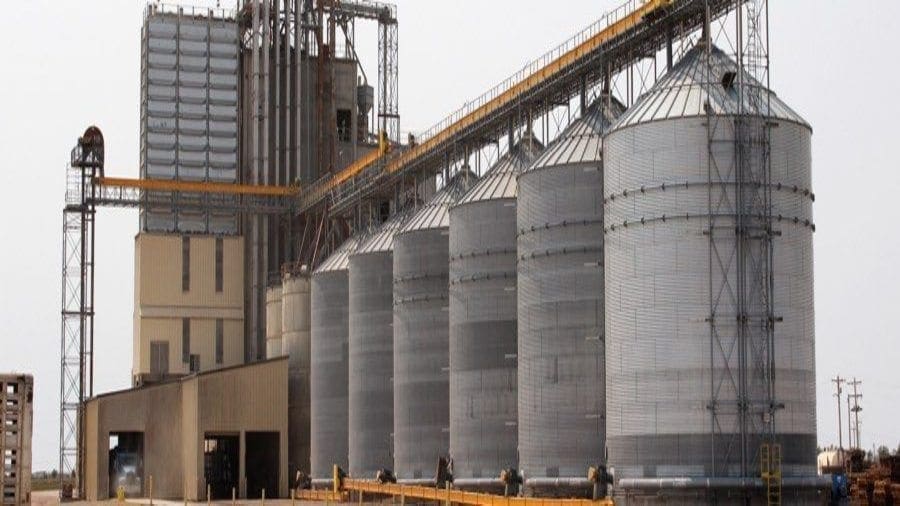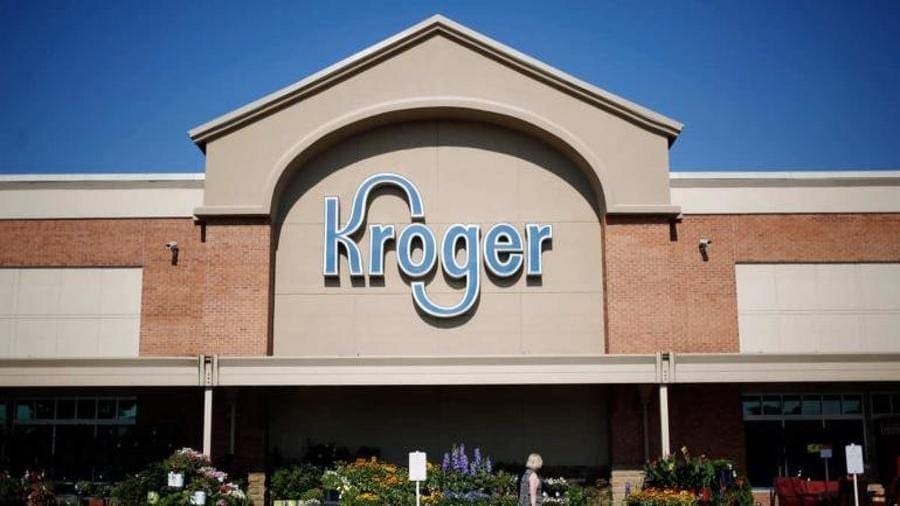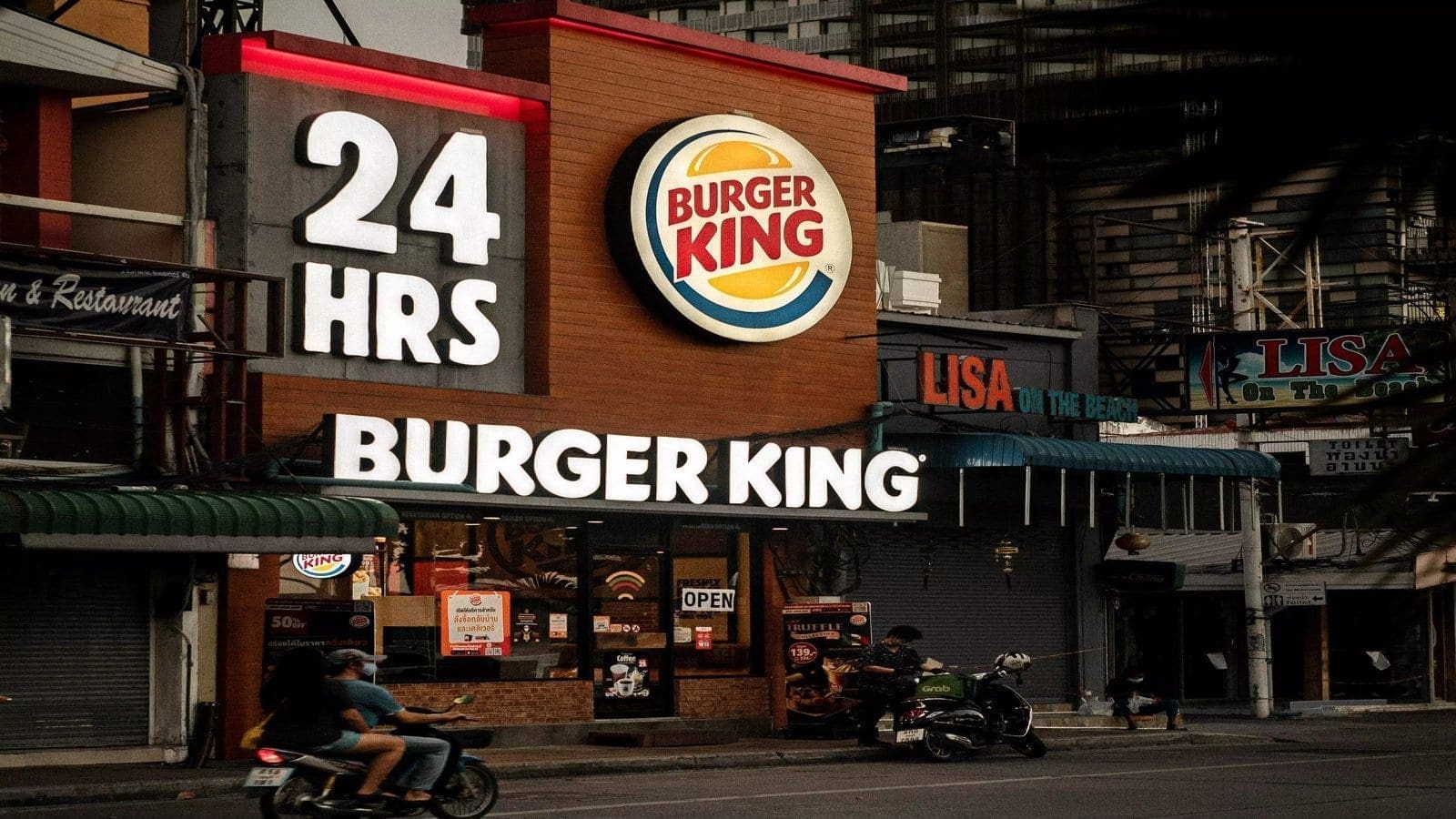USA – Canadian grain handler, Viterra has announced that it has acquired the remaining 50% stake in a grain facility located at Northgate, North Dakota, U.S from General Mills.
The acquisition gives the company full ownership of the grain handling facility in which Viterra initially held 50% shareholding in a joint venture with General Mills.
According to the companies, the transaction whose details were not disclosed has received all necessary approvals and closed on February 28, 2019.
In addition to the Dakota business, Viterra has also taken over special crops facilities in Ray and Minot, and a grain elevator at Grand Forks.
“We’re pleased to take on full ownership of this facility, and to continue building our presence in the US,” said Kyle Jeworski, Viterra’s President and CEO for North America.
“We’re looking forward to continuing to work closely with local customers to provide them with superior service, including access to global markets, the expertise of our staff, flexible contracting options, and a wide variety of online tools that are available exclusively to Viterra customers across our asset network.”
A report by World Grain indicates that Viterra has 84 grain storage facilities and a total licensed grain storage capacity of 118.1 million tonnes.
It further revealed that Regina, Saskatchewan, Canada headquartered Viterra has a strong network in North America, handling, processing, distributing and transporting grains and oilseeds.
The company was acquired by Glencore, one of the world’s leading commodity suppliers in 2012, expanding its operations in the US, Australia and Canada.
Last year, Viterra took full ownership of Pacific Coast Canola, which operates an oilseed processing facility located in Warden, Washington.
The Warden facility opened in 2013 and is the largest expeller-press canola processing facility in North America, with the ability to crush more than 350,000 tonnes of canola seed a year, producing more than 300 million pounds of canola oil per year.
The company recently made changes to its supply chain, resolving to road transport for the movement of all grain on Eyre Peninsula.
It transitioned from a combination of road and rail transport to use only road transport for moving grain on Eyre Peninsula.











